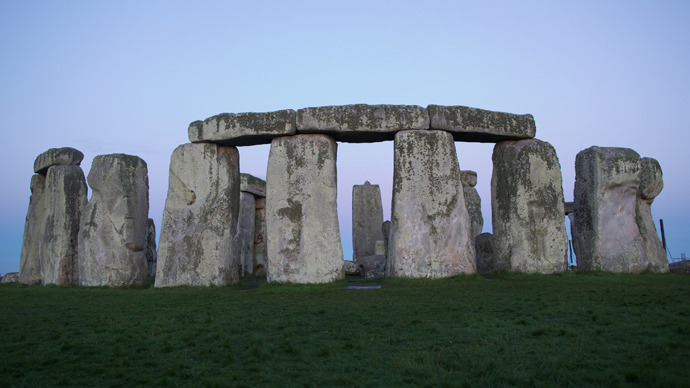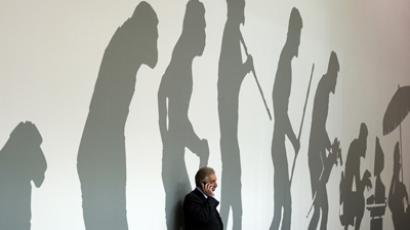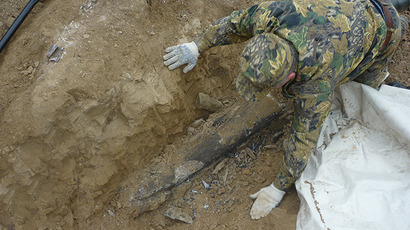New theory ‘rewrites’ Stonehenge history

New research has shed fresh light on Stonehenge’s past, suggesting that it was originally a graveyard and then a venue for mass celebrations that unified the whole of pre-historic Britain.
According to the team of researchers led by archeologist Professor Mike Parker Pearson of University College London, the historic site was in fact older than previously thought and had different functions.
"In many ways our findings are rewriting the established story of Stonehenge," Parker Pearson said.
Centuries before the iconic stone mega structure was erected, the site on Salisbury Plain may have served as a giant burial ground for important families. The archeologists excavated more than 50,000 cremated bone fragments belonging to over 60 people throughout a decade of research. The remains of many cremated bodies were marked by the bluestones of Stonehenge, Parker Pearson said. “Clearly these were special people in some way,” he added.
The archeologists claim that the graveyard was built around 3,000 BC – 500 years earlier than the massive rock structure we see today.
Most interestingly the archeologists claim that the original site was part of an annual winter solstice ritual that gathered as many as 4,000 people, at a time when the entire population numbered only tens of thousands. The analysis of cattle teeth from 80,000 animal bones excavated from the site suggests that around 2500 BC, Stonehenge was the site of vast communal feasts that brought people from all around Britain. It is these people who are thought to have constructed the Stonehenge we know today.
"Stonehenge was a monument that brought ancient Britain together," Parker Parson said. "What we’ve found is that people came with their animals to feast at Stonehenge from all corners of Britain - as far afield as Scotland."
It appeared to be the "only time in prehistory that the people of Britain were unified," according to the archeologist.
Parker Pearson explained: "What we have discovered is it's in the building the thing that's important. It's not that they're coming to worship, they're coming to construct it.
"It is not so much a temple, it is a monument and it seems the big theme is unification ... Stonehenge gets visited at certain points, people build and then go away.
It's something that's like Glastonbury Festival and a motorway building scheme at the same time. It's not all fun, there's work too.”
Parker Pearson and other scientists now reckon that with that many people, Stonehenge, in its current form, took the temporary workers about a decade to build, about 4,500 years ago.
He claims active use of the monument may have ended after just several hundreds of years, when “Beaker People” arrived from mainland Europe, bringing new technologies, and destroying the culture of pan-British worship.














